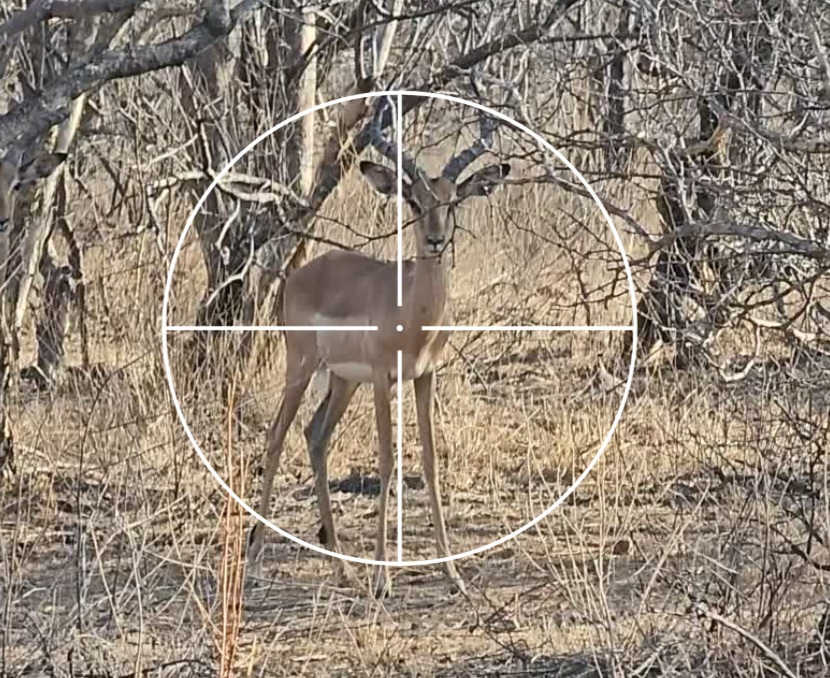Hunt and Release, Ethical Hunting, Conservation, H.A.R.T Hunts, Outdoor Adventures, Non-Lethal Hunting, Wildlife Experience, Hunting Innovation, Hunting Community, Modern Hunting
On August 5, a federal judge in Missoula, Montana, vacated a 2024 ruling by the US Fish and Wildlife Service that refused to re-list the Northern Rocky Mountain population of gray wolves under the Endangered Species Act. The decision threatens the current status of this wolf population and could eventually result in an end to hunting and trapping in three western states.
A quick refresher for those just joining the story: In 2009, after almost 40 years, gray wolves in the Northern Rocky Mountains were de-listed from the Endangered Species Act after their numbers rebounded from almost nothing in the 1970s to well past their target number of 450 in this region by the mid-2000s.
In 2011, Congress turned over management of this population of grey wolves to five states: Montana, Idaho, and Wyoming, as well as Oregon and Washington in the eastern one-third of their states. (Wolves are still listed as threatened in Minnesota and remain endangered in the other 44 states following a 2022 court decision.)
Montana, Wyoming, and Idaho wasted no time in establishing wolf hunting and trapping seasons. In Montana’s case, they aimed to reduce the state’s population of around 1,100 wolves to 500, a number mandated by the Montana state legislature in 2021 as a “sustainable level.” Despite hunters and trappers taking significant numbers of wolves every year–including 326 in 2020 and 297 last year–populations have remained steady around the 1,000 mark.




On August 5, a federal judge in Missoula, Montana, vacated a 2024 ruling by the US Fish and Wildlife Service that refused to re-list the Northern Rocky Mountain population of gray wolves under the Endangered Species Act. The decision threatens the current status of this wolf population and could eventually result in an end to hunting and trapping in three western states.
A quick refresher for those just joining the story: In 2009, after almost 40 years, gray wolves in the Northern Rocky Mountains were de-listed from the Endangered Species Act after their numbers rebounded from almost nothing in the 1970s to well past their target number of 450 in this region by the mid-2000s.
In 2011, Congress turned over management of this population of grey wolves to five states: Montana, Idaho, and Wyoming, as well as Oregon and Washington in the eastern one-third of their states. (Wolves are still listed as threatened in Minnesota and remain endangered in the other 44 states following a 2022 court decision.)
Montana, Wyoming, and Idaho wasted no time in establishing wolf hunting and trapping seasons. In Montana’s case, they aimed to reduce the state’s population of around 1,100 wolves to 500, a number mandated by the Montana state legislature in 2021 as a “sustainable level.” Despite hunters and trappers taking significant numbers of wolves every year–including 326 in 2020 and 297 last year–populations have remained steady around the 1,000 mark.
Hunt and Release, Ethical Hunting, Conservation, H.A.R.T Hunts, Outdoor Adventures, Non-Lethal Hunting, Wildlife Experience, Hunting Innovation, Hunting Community, Modern Hunting